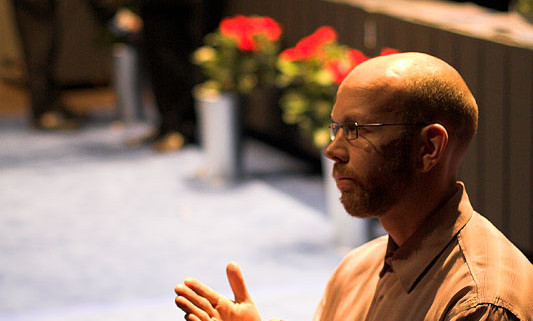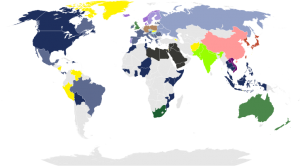Sign Language Explained
Have you ever imagined what life would be like without speech? Well, it is a reality for more than four million people with hearing disabilities in the U. S. Add to that the number of people who have difficulty speaking in certain situations, i. e. who suffer from selective mutism, and you will realize that it is not a marginal phenomenon.
In order to communicate with those people, a new way of communicating had to be established. Most of us have tried – more or less successfully so – to convey information or a question to somebody who does not speak your own language, using your hands and feet, and have probably seen the limits of this form of rudimentary communication. Sign Languages, however, are a highly-developed form of communication and help people with disabilities be a part of society. The reason I used the plural form of the word “language” is simple: Sign Languages across the world differ greatly since they are not related to the spoken languages in any way. Even though the U.S. has English as its predominant spoken language, American Sign Language has its roots in French Sign Language, and the sign languages of Spain and Mexico are very different from each other despite the fact that Spanish is the national language in both countries. To add to the confusion, the sign language of Spanish-speaking Bolivia is based on American Sign Language instead of a Sign Language from another hispanophone country. And as if there weren’t enough “national” Sign Languages already, regional differences can be found within a Sign Language, just like we have dialects in our spoken languages. These differences can indicate where people learned to speak Sign Language, which is how Dr. Temperance Brennan and her partner find the parents of a deaf girl in the 2011 episode “The Signs in the Silence” of the TV show BONES.
Apart from their variety, there is another issue with Sign Languages: the small number of speakers. Only an estimated 500,000 to 2,000,000 people in the US know ASL – which is why it is often helpful and / or necessary to hire an interpreter to communicate with people with hearing disabilities, just as it is sometimes necessary to hire an interpreter or translator to facilitate understanding between speakers of different languages. All our translators and interpreters are committed to making all kinds of communication easier and more effective. Our Translation Department will ensure that your project will be to your satisfaction.
If instead of having to rely on somebody else to convey your message you would rather choose our own words yourself, why not learn a new foreign language, maybe even Sign Language, or improve on one that you already have a basic command of? We have experienced instructors available all over the U.S. for virtually every language. Our Training Department will be more than happy to coordinate the classes for you.
Contact us today to get your free estimate!
Sources:



